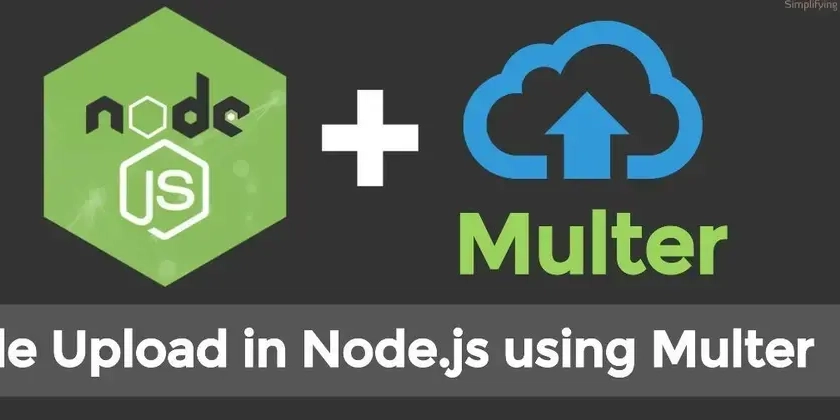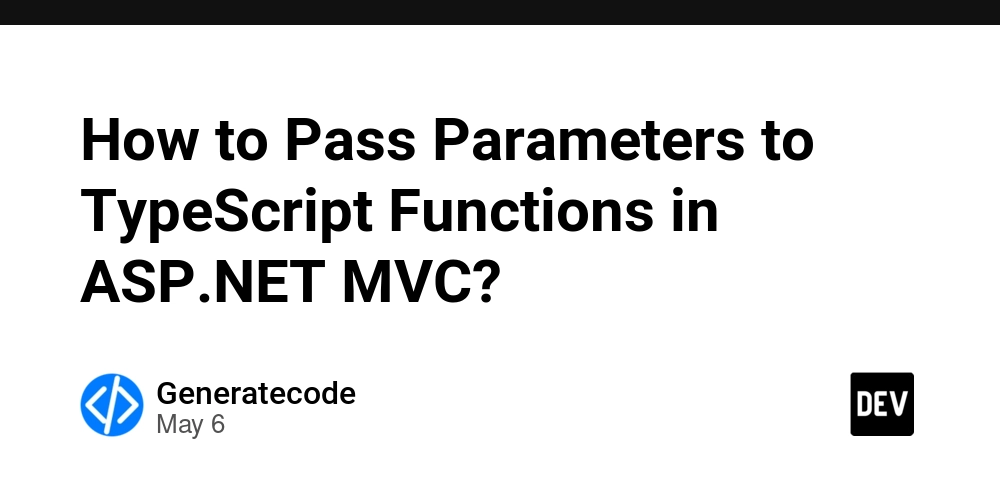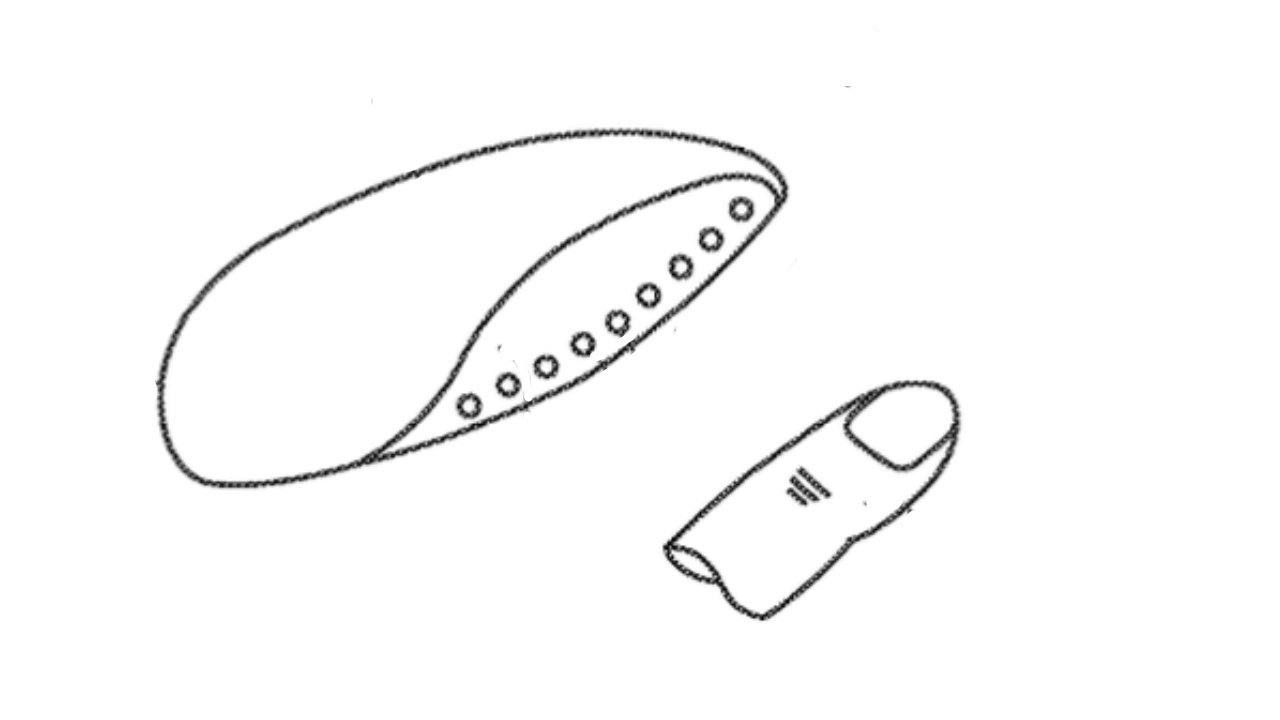Distributed Consensus: Paxos vs. Raft and Modern Implementations
In this post we'll explore the fundamentals of distributed consensus, compare the dominant consensus algorithms Paxos and Raft, and examine recent implementations like Kafka Raft. What is Distributed Consensus and Why It's Important Distributed consensus is a fundamental concept in distributed computing that refers to the process by which multiple nodes (servers or computers) in a distributed system agree on a single data value or a sequence of actions, ensuring consistency despite the presence of failures or network partitions. In simpler terms, it's the mechanism that allows independent computers to reach agreement on critical data or operations even when some nodes fail or communication is unreliable. The importance of distributed consensus in today's technology landscape cannot be overstated. It serves as the foundation for: Reliability and Fault tolerance: By requiring agreement among nodes, a consensus algorithm allows the system to keep working correctly even if some servers crash or become unreachable. This ensures there's no single point of failure and the system can survive node outages. Consistency: Consensus guarantees that all non-faulty nodes have the same view of data or the same sequence of events. This is vital for correctness – for example, in a distributed database, every replica should agree on committed transactions. Coordination: Many coordination tasks in a cluster (such as electing a primary leader or agreeing on a config change) are essentially consensus problems. A robust consensus protocol prevents "split-brain" scenarios by ensuring only one leader is chosen and all nodes agree on who it is. This avoids conflicting decisions and keeps the cluster synchronized. Distributed consensus has found applications across numerous domains: Leader election in fault-tolerant environments Blockchain technology for decentralized agreement without central authorities Distributed databases to maintain consistency across replicas Load balancing to efficiently distribute workloads across multiple nodes State machine replication for building reliable distributed services Paxos vs Raft: The Battle for Consensus Dominance When it comes to implementing distributed consensus, two algorithms dominate production systems: Paxos and Raft. Let's examine these algorithms and how they compare. Paxos: The Traditional Consensus Algorithm Paxos, developed by Leslie Lamport in 1998, is foundational to distributed systems research and implementation. It enables a group of computers to reach consensus despite unreliable networks, failure-prone computers, and inaccurate clocks. Paxos has become synonymous with distributed consensus but has been criticized for its complexity and difficulty to understand. In Paxos, the consensus process involves several roles: Proposers: Suggest values to be chosen Acceptors: Vote on proposed values Learners: Learn about chosen values The algorithm operates in two main phases: a prepare phase and an accept phase, ensuring safety even when multiple leaders attempt to establish consensus simultaneously. Raft: The Understandable Alternative Raft, introduced by Diego Ongaro and John Ousterhout in 2014, was explicitly designed to solve the same problems as Paxos but with a focus on understandability. The creators titled their paper "In Search of an Understandable Consensus Algorithm," highlighting their primary goal. Raft simplifies the consensus process by: Dividing the problem into leader election, log replication, and safety Using a more straightforward approach to leader election Employing a strong leader model where all changes flow through the leader Key Differences Between Paxos and Raft Despite serving the same purpose, Paxos and Raft differ in several important ways: Leader Election: Raft only allows servers with up-to-date logs to become leaders, whereas Paxos allows any server to be leader provided it then updates its log to ensure it is up-to-date. Voting Behavior: Paxos followers will vote for any candidate, while Raft followers will only vote for a candidate if the candidate's log is at least as up-to-date as their own. Log Replication: If a leader has uncommitted log entries from a previous term, Paxos will replicate them in the current term, whereas Raft will replicate them in their original term. Complexity vs. Efficiency: While Raft is generally considered more understandable, Paxos can be more efficient in certain scenarios. However, Raft's leader election is surprisingly lightweight compared to Paxos since it doesn't require log entries to be exchanged during the election process. Interestingly, research suggests that much of Raft's purported understandability comes from its clear presentation rather than fundamental differences in the underlying algorithm. Recent Distributed Consensus Protocols: Kafka Raft (KRaft) One of the most significant recent developments in distribut

In this post we'll explore the fundamentals of distributed consensus, compare the dominant consensus algorithms Paxos and Raft, and examine recent implementations like Kafka Raft.
What is Distributed Consensus and Why It's Important
Distributed consensus is a fundamental concept in distributed computing that refers to the process by which multiple nodes (servers or computers) in a distributed system agree on a single data value or a sequence of actions, ensuring consistency despite the presence of failures or network partitions. In simpler terms, it's the mechanism that allows independent computers to reach agreement on critical data or operations even when some nodes fail or communication is unreliable.
The importance of distributed consensus in today's technology landscape cannot be overstated. It serves as the foundation for:
Reliability and Fault tolerance: By requiring agreement among nodes, a consensus algorithm allows the system to keep working correctly even if some servers crash or become unreachable. This ensures there's no single point of failure and the system can survive node outages.
Consistency: Consensus guarantees that all non-faulty nodes have the same view of data or the same sequence of events. This is vital for correctness – for example, in a distributed database, every replica should agree on committed transactions.
Coordination: Many coordination tasks in a cluster (such as electing a primary leader or agreeing on a config change) are essentially consensus problems. A robust consensus protocol prevents "split-brain" scenarios by ensuring only one leader is chosen and all nodes agree on who it is. This avoids conflicting decisions and keeps the cluster synchronized.
Distributed consensus has found applications across numerous domains:
- Leader election in fault-tolerant environments
- Blockchain technology for decentralized agreement without central authorities
- Distributed databases to maintain consistency across replicas
- Load balancing to efficiently distribute workloads across multiple nodes
- State machine replication for building reliable distributed services
Paxos vs Raft: The Battle for Consensus Dominance
When it comes to implementing distributed consensus, two algorithms dominate production systems: Paxos and Raft. Let's examine these algorithms and how they compare.
Paxos: The Traditional Consensus Algorithm
Paxos, developed by Leslie Lamport in 1998, is foundational to distributed systems research and implementation. It enables a group of computers to reach consensus despite unreliable networks, failure-prone computers, and inaccurate clocks. Paxos has become synonymous with distributed consensus but has been criticized for its complexity and difficulty to understand.
In Paxos, the consensus process involves several roles:
- Proposers: Suggest values to be chosen
- Acceptors: Vote on proposed values
- Learners: Learn about chosen values
The algorithm operates in two main phases: a prepare phase and an accept phase, ensuring safety even when multiple leaders attempt to establish consensus simultaneously.
Raft: The Understandable Alternative
Raft, introduced by Diego Ongaro and John Ousterhout in 2014, was explicitly designed to solve the same problems as Paxos but with a focus on understandability. The creators titled their paper "In Search of an Understandable Consensus Algorithm," highlighting their primary goal.
Raft simplifies the consensus process by:
- Dividing the problem into leader election, log replication, and safety
- Using a more straightforward approach to leader election
- Employing a strong leader model where all changes flow through the leader
Key Differences Between Paxos and Raft
Despite serving the same purpose, Paxos and Raft differ in several important ways:
Leader Election: Raft only allows servers with up-to-date logs to become leaders, whereas Paxos allows any server to be leader provided it then updates its log to ensure it is up-to-date.
Voting Behavior: Paxos followers will vote for any candidate, while Raft followers will only vote for a candidate if the candidate's log is at least as up-to-date as their own.
Log Replication: If a leader has uncommitted log entries from a previous term, Paxos will replicate them in the current term, whereas Raft will replicate them in their original term.
Complexity vs. Efficiency: While Raft is generally considered more understandable, Paxos can be more efficient in certain scenarios. However, Raft's leader election is surprisingly lightweight compared to Paxos since it doesn't require log entries to be exchanged during the election process.
Interestingly, research suggests that much of Raft's purported understandability comes from its clear presentation rather than fundamental differences in the underlying algorithm.
Recent Distributed Consensus Protocols: Kafka Raft (KRaft)
One of the most significant recent developments in distributed consensus is Apache Kafka Raft (KRaft), which represents a fundamental evolution in Apache Kafka's architecture.
What is Kafka Raft?
KRaft is a consensus protocol introduced in KIP-500 to remove Apache Kafka's dependency on ZooKeeper for metadata management. This change significantly simplifies Kafka's architecture by consolidating responsibility for metadata within Kafka itself, rather than splitting it between two different systems (ZooKeeper and Kafka).
How KRaft Works
KRaft operates through a new quorum controller service that replaces the previous controller and utilizes an event-based variant of the Raft consensus protocol. Key aspects of KRaft include:
Event-Sourced Storage Model: The quorum controller stores its state using an event-sourced approach, ensuring that internal state machines can always be accurately recreated.
Metadata Topic: The event log used to store state (also known as the metadata topic) is periodically condensed by snapshots to prevent unlimited growth.
Quick Recovery: If a node pauses due to a network partition, it can quickly catch up by accessing the log when it rejoins, significantly decreasing downtime and improving recovery time.
Efficient Leadership Changes: Unlike the ZooKeeper-based controller, the quorum controller doesn't need to load state before becoming active. When leadership changes, the new controller already has all committed metadata records in memory.
Benefits of KRaft over Traditional Approaches
The adoption of KRaft offers several advantages:
- Simplified Architecture: By eliminating the need for ZooKeeper, KRaft reduces the complexity of Kafka deployments.
- Improved Scalability: The new architecture enhances Kafka's ability to scale by removing bottlenecks associated with ZooKeeper.
- Better Maintainability: With fewer components to manage, Kafka clusters become easier to maintain and operate.
- Enhanced Performance: The event-driven nature of the KRaft protocol improves metadata management performance compared to the previous RPC-based approach.
- Faster Recovery: The event-sourced model allows for quicker recovery from failures, improving overall system reliability.
Conclusion: The Future of Distributed Consensus
As distributed systems continue to evolve and scale, distributed consensus remains a critical foundation for building reliable, fault-tolerant applications. The journey from complex algorithms like Paxos to more understandable alternatives like Raft demonstrates the field's maturation and the industry's focus on practical implementations.
The development of specialized consensus protocols like KRaft shows how consensus algorithms are being tailored to specific use cases, optimizing for particular requirements rather than applying one-size-fits-all solutions. This trend is likely to continue as more systems adopt consensus-based approaches for reliability.
Looking ahead, several developments are shaping the future of distributed consensus:
- Simplified Implementations: Following Raft's lead, there's a growing emphasis on making consensus algorithms more accessible and easier to implement correctly.
- Specialized Variants: Domain-specific consensus protocols optimized for particular use cases, like KRaft for Kafka.
- Integration into Application Frameworks: Consensus mechanisms are increasingly being built directly into application frameworks rather than requiring separate coordination services.
- Scalability Improvements: Research continues on making consensus algorithms more efficient at scale, potentially reducing the trade-off between consistency and performance.
As distributed systems become more prevalent in our computing infrastructure, understanding and implementing distributed consensus effectively will remain a crucial skill for system designers and developers. Whether through classic algorithms like Paxos, more approachable alternatives like Raft, or specialized implementations like KRaft, distributed consensus will continue to serve as the backbone of reliable distributed systems.



































































































































































![[The AI Show Episode 146]: Rise of “AI-First” Companies, AI Job Disruption, GPT-4o Update Gets Rolled Back, How Big Consulting Firms Use AI, and Meta AI App](https://www.marketingaiinstitute.com/hubfs/ep%20146%20cover.png)



















































































































































































.jpg?width=1920&height=1920&fit=bounds&quality=70&format=jpg&auto=webp#)






















































































_Steven_Jones_Alamy.jpg?width=1280&auto=webp&quality=80&disable=upscale#)
_Brian_Jackson_Alamy.jpg?width=1280&auto=webp&quality=80&disable=upscale#)




 Stolen 884,000 Credit Card Details on 13 Million Clicks from Users Worldwide.webp?#)









































































































![Google Mocks Rumored 'iPhone 17 Air' Design in New Pixel Ad [Video]](https://www.iclarified.com/images/news/97224/97224/97224-640.jpg)

![Apple Shares Official Teaser for 'Highest 2 Lowest' Starring Denzel Washington [Video]](https://www.iclarified.com/images/news/97221/97221/97221-640.jpg)



































































































